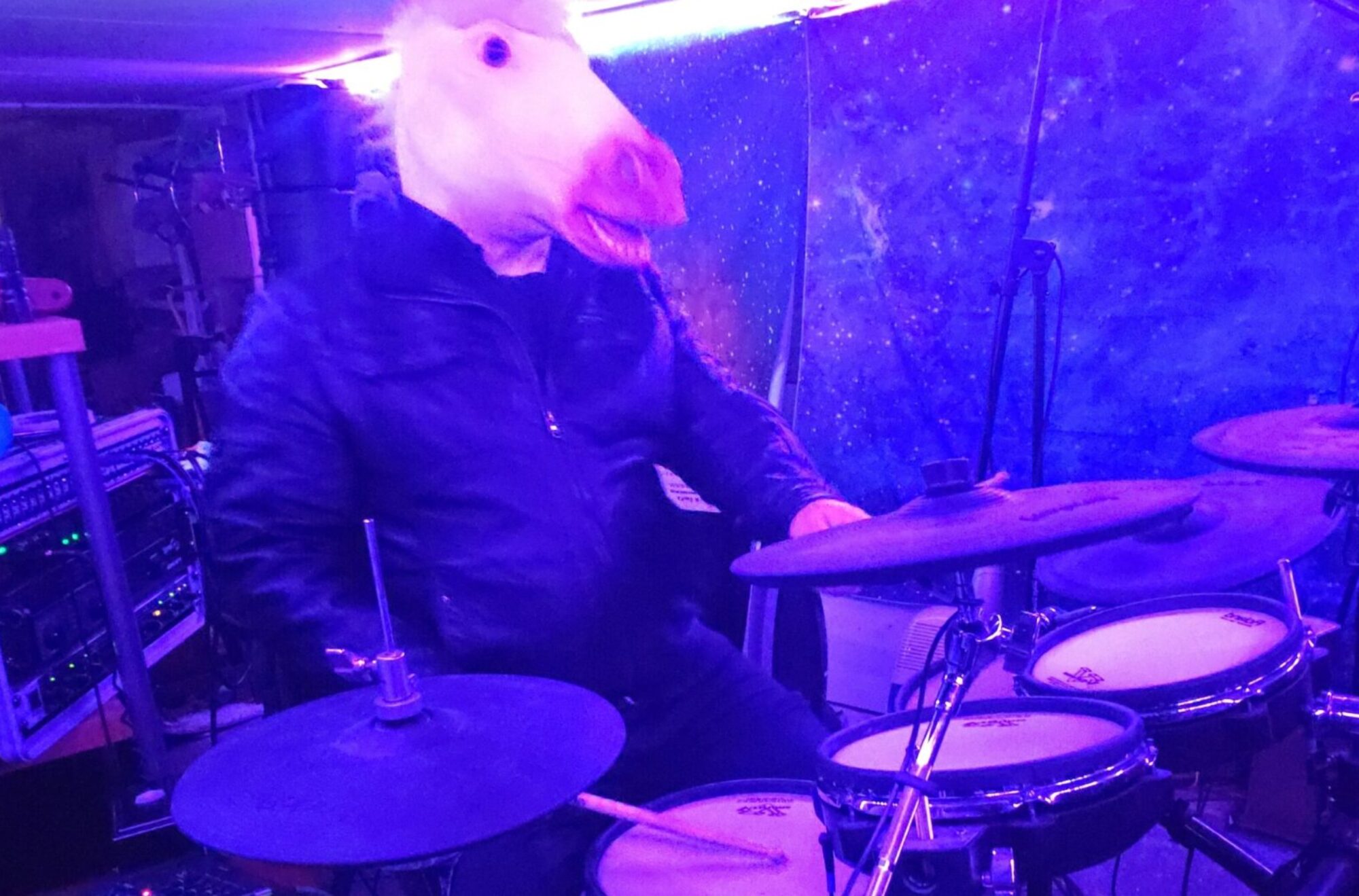Iktsaurpok – Alone Forever In An Empty Universe
Okay folks, here’s an update to the demo version of Iktsaurpok. I got some great feedback on the demo, and I spent some time cleaning things up and tweaking the mix, and here is the finished version! Thanks for following along on this journey. I hope you enjoy seeing the process as I post multiple versions of music on SoundCloud as I progress through the production process. I don’t know when this will get released broadly, but I suspect that this will get rolled into the next Robort release. Click on the link to go to soundcloud and read the full details. Thanks again for listening!
Iktsaurpok – Alone forever in an empty universe (demo)
Let me know what you think of this song I wrote. This was for an artist challenge group, so kind of rushed. But I think it has legs. Could be a future Robort tune. Go to the soundcloud page for full details.
New release of “Had” by Stereo Creeps
It was our big day! On May 22, 2020, Stereo Creeps released a new track “Had” that will be part of a whole new ep or album or something that we are currently working on. The song was actually recorded back in 2019 at Earwig. I did this whole massive tuning of Don Farwell’s house kit to get the right vibe for the song. It felt like a huge risk, and I hope that paid off. I mean, this is the first release of a studio recording with me in the band, so I absolutely had to get it right. I think we recorded 2 takes to tape, and called that good. If you listen closely, you’ll hear members of Suitcase on backing vox. We had a whole watch party to commemorate the release (can’t be embedded here), or just watch the video below.
it’s a mashup!
Stereo Creeps – She Knows / It’s a secret
Love and Fury at Slim’s
Spasmo demo
Update on what’s happening with Spasmo — we have a demo! And we’re writing more music in prep for an upcoming album. I’m looking forward to sharing more when it’s solid! Stay tuned.
Spasmo
Upcoming 2019 album releases
Lots of good things are afoot this year, including two album releases already!
First, we got my rock band Love and Fury. This project started as a glimmer of an idea in mind of Gary King (of House of Leisure). Gretta Harley collaborated with him, writing some powerful protest lyrics and singing them just as powerfully. At that point, I got on board to record drum tracks, not knowing where this would go. Just psychedelic ideas from Gary mixed with Gretta’s inspiring lyrical concepts, but not knowing where the experiment would take us. Fast forward, and we’re a full blown band with the addition of Jane Mabry-Smith on bass with an incredible feel, Bob Watanabe on guitar as the soundmeister, and Rob Knop on keys creating some insane soundscapes. We’ve been playing shows, and are pretty stoked for growing momentum for the album release February 23, 2019 at Royal Room. I’m not sure how I found myself playing with these powerhouse musicians, so it’s kind of a big honor to be doing this. It’s a good album. Kind of psychedelic.
Next up is the Stereo Creeps record release and mega-show on April 12th, 2019 at the Substation. I’ve been in this band a little over a year, but I think I learned all the songs in about a month–which is probably some kind of record. Everything feels natural in this band. It’s metal, it’s rock, influences are across a multidimensional spectrum of styles and decades. We have discussions about what to simplify, about the feel, about the lyrics–it’s this group effort about the music. We all have the same influences and ideas about what makes good music. Robert Dollison is a riff and a tone master on guitar. Sean Moe belts out the vocals, but almost in a vulnerable way. Mark Wardell is the secret weapon on bass. This album has a dark side and a high energy side. People are calling it our Pet Sounds, probably the best compliment ever. You should come and check out this show featuring everybody in the scene. The perfect kind of show for releasing some new vinyl.
